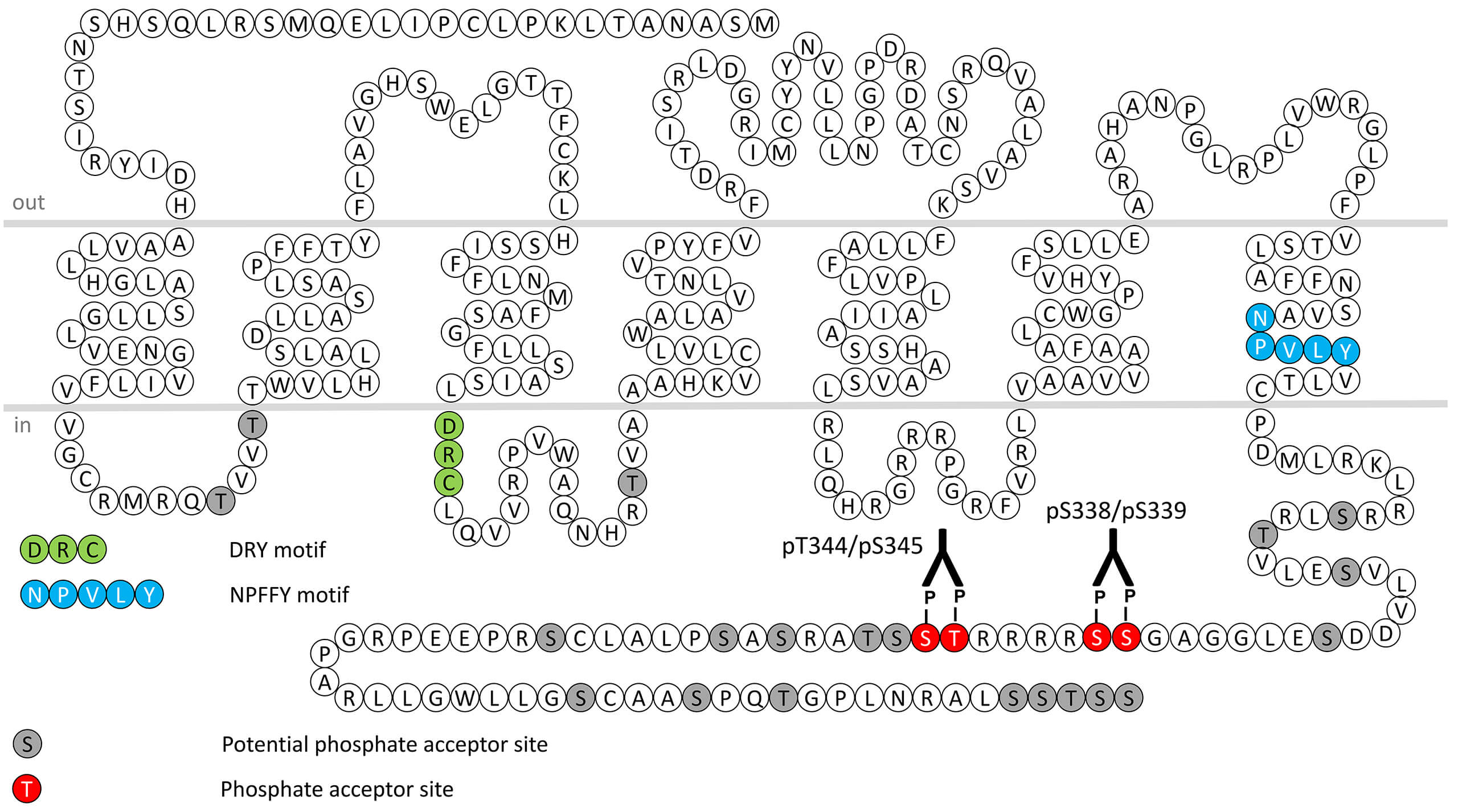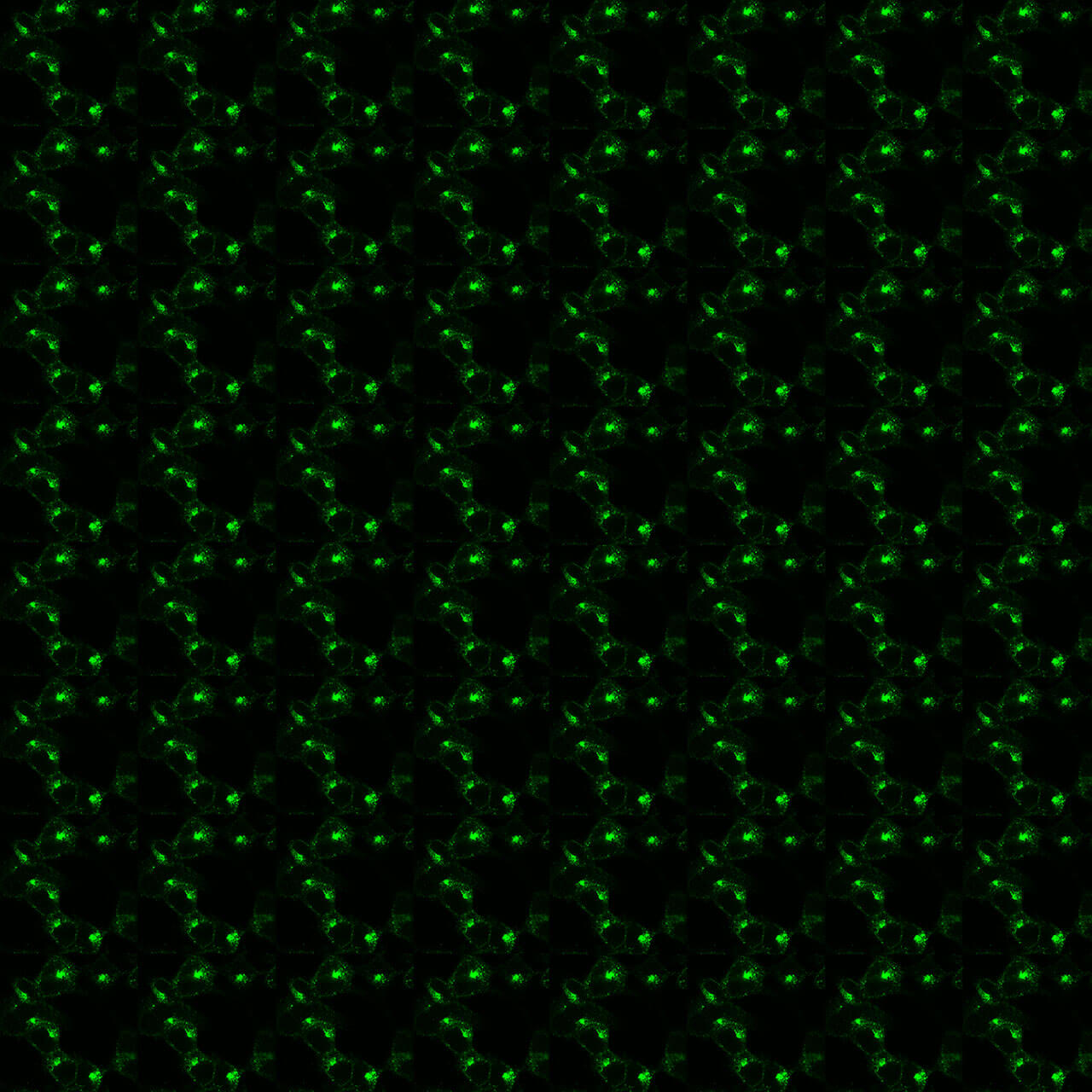DP2 Receptor Antibodies

DP2 receptors inhibit adenylate cyclase through Gi-proteins. The DP2 receptor is structurally distinct from all of the other known prostanoid receptors, being more closely related to chemoattractant receptors such as fMLP and BLT receptors. While DP1 receptors require a 15(S)-hydroxyl group for optimum bioactivity, DP2 receptors can unusually tolerate a range of moieties at C15, including a 15-oxo group. Non-prostanoid selective DP2 receptor agonists are structurally related to indomethacin. DP2 receptor antagonists with a range of structures have been synthesized, including analogues of ramatroban. Activation of DP2 receptors expressed on eosinophil, basophil, monocytes, CD4+ Th2 cells, CD8+ Th2 cells and type 2 innate lymphoid cells leads to activation and chemotaxis contributing to the effector phase of the allergic response. DP2 receptor is also involved in the process of allergic sensitisation and consequently antagonists hold promise as anti-inflammatory agents, particularly in eosinophilic asthma. DP1 receptor desensitization and internalization are regulated by phosphorylation of carboxyl-terminal serine338/serine339 (pS338/pS339-DP2) and threoine344/serine345 (pT344/pS345-DP2). This nomenclature refers to the human DP2 receptor. For more information on prostanoid receptor pharmacology please refer to the IUPHAR database. For further reading refer to:
Coleman RA, Smith WL, Narumiya S. International Union of Pharmacology classification of prostanoid receptors: properties, distribution, and structure of the receptors and their subtypes. Pharmacol Rev. 1994 Jun;46(2):205-29. PMID: 7938166.
Woodward DF, Jones RL, Narumiya S. International Union of Basic and Clinical Pharmacology. LXXXIII: classification of prostanoid receptors, updating 15 years of progress. Pharmacol Rev. 2011 Sep;63(3):471-538. doi: 10.1124/pr.110.003517. PMID: 21752876.
 pS338/pS339-DP2 (phospho-DP2 Prostanoid...
pS338/pS339-DP2 (phospho-DP2 Prostanoid...  pT344/pS345-DP2 (phospho-DP2 Prostanoid...
pT344/pS345-DP2 (phospho-DP2 Prostanoid... 

